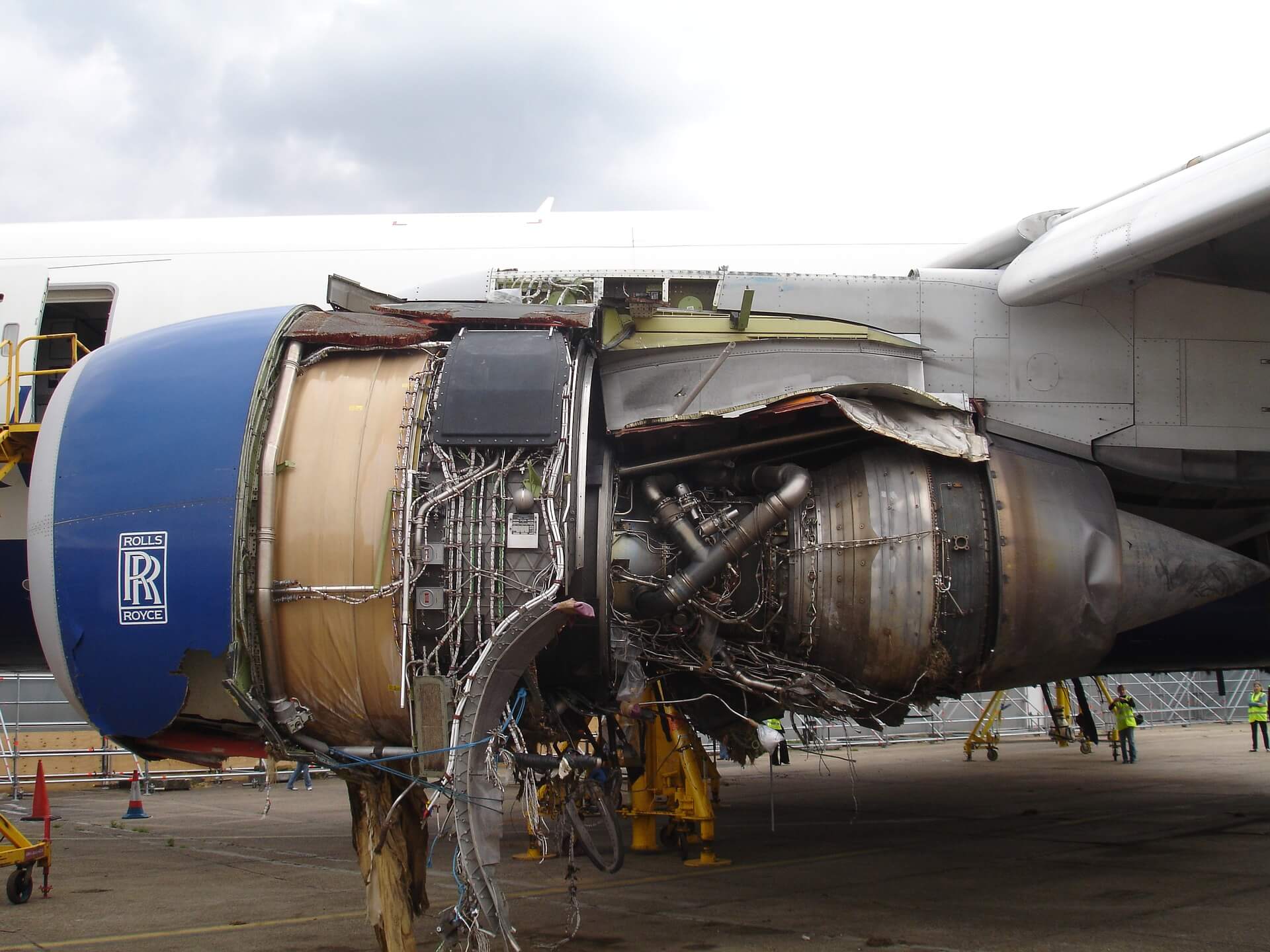
The aviation industry is quintessentially tethered to the perception of safety. When we consider air travel, the inability to evoke a sense of security can significantly influence consumer behavior. While numerous airlines have commendable safety records that evoke confidence among passengers, there exists a contrasting scenario for some carriers whose safety lapses inspire trepidation rather than trust. This discourse will meticulously explore airlines that are synonymous with a history of accidents, mishaps, and controversies that erode the foundational confidence required by patrons.
One of the paramount airlines that has garnered scrutiny concerning its safety records is Lion Air. Based in Indonesia, Lion Air has a complex history riddled with safety incidents. The revelation of the airline’s discrepancies in safety maintenance protocols, alongside multiple accidents—most notably the tragic crash of Flight JT610 in October 2018—revealed systemic deficiencies. Reports indicated that the aircraft in question had previously undergone inadequate maintenance checks. Such revelations illuminate the extent to which organizational culture can influence operational safety standards.
In stark contrast, the saga of Pegasus Airlines—another carrier headquartered in Turkey—also raises eyebrows regarding aviation safety. With a history entangled in a plethora of incidents ranging from grounded flights due to unserviceable aircraft to emergency landings, the airline’s safety narrative has not been without blemish. Pilots have raised alarms over regulatory compliance, manifesting anxieties regarding the airline’s stringent adherence to aviation norms. As such, a thorough analysis of Pegasus emits a potent warning to travelers: vigilance is paramount.
Further scrutiny into the safety records of budget carriers unveils a pervasive trend, as exemplified by Ryanair. While the airline may boast an impressive operational efficiency, it is not devoid of incidents. Several reports of emergencies and diversions have emerged, challenging the perception of Ryanair as a bastion of safety. The juxtaposition of affordability against safety regulations compels an inquiry into whether low-cost carriers undermine essentials in pursuit of profit margins. Ryanair’s operational model raises critical questions about prioritization of passenger well-being over financial expediency.
Moreover, the case of Air India, with a legacy extending over several decades, inherently captivates the discourse on safety. Despite its deep-rooted history in aviation, the airline’s track record is marred by various accidents, including notable incidents that have led to significant casualties. The amalgamation of bureaucracy, lackadaisical adherence to airline safety regulations, and insufficient training for cabin crew have decisively hampered efforts to enhance safety protocols. This portrait underscores the imperative for comprehensive retraining initiatives aimed at fostering a safety-oriented culture within long-standing airlines.
When evaluating the interplay between airline safety records and psychological perceptions, it becomes evident that consumer trust is paramount. Airlines with a sullied reputation face an uphill battle in rebuilding the confidence of their clientele. As such, many seek to implement frameworks that prioritize transparency in reporting incidents and adopting a proactive approach to preventive safety measures. The question persists: how do airlines like the aforementioned combat the shadow of their past?
To rebuild consumer confidence, airlines must invest in innovative training programs that bolster crew preparedness and operational efficiency. Transparency must underpin communication with passengers regarding safety incidents and risk mitigation measures. Moreover, establishing partnerships with regulatory bodies to uphold and exceed safety standards will engender trust and reinforce an airline’s commitment to passenger safety.
Additionally, the emergence of technologies such as predictive analytics and machine learning underscores the ongoing evolution in aviation safety management. Implementing these avant-garde systems facilitates a more nuanced understanding of patterns and potential hazards, allowing airlines to mitigate risks proactively. This strategic integration of technology and human competency signifies a paradigm shift that could potentially transform the reliability of airlines traditionally viewed as unsafe.
An essential byproduct of this exploration emerges in discerning the implications of regulation. Stricter oversight and adherence to established aviation industry standards are critical in enveloping airlines within a framework that prioritizes passenger safety as the eminent objective. Regulatory bodies must enforce penalties for noncompliance, fostering an aviation ecosystem where safety supersedes profit. Such a landscape would compel airlines to reevaluate their operational conduct and instigate profound reforms.
Furthermore, the role of customer education cannot be overstated. Travelers ought to be apprised of airlines’ safety records and incident history as informed consumers. This enlightenment would catalyze a conscious decision-making process, ensuring that passengers select carriers that not only boast of operational prowess but also manifest an unwavering commitment to safety. A well-informed traveler remains a formidable force in the pursuit of improved airline safety standards.
In summation, understanding which airline never had a crash and whose safety records fail to inspire confidence necessitates an examination of various factors—historical incidents, organizational culture, compliance with safety protocols, and innovative technology adoption. Ultimately, passengers deserve a travel experience where confidence reigns supreme, catalyzed by unwavering commitment to safety from the airlines. The path to establishing a robust safety ethos within the aviation industry will demand collaborative efforts amongst airlines, regulatory bodies, and educated consumers committed to upholding the sanctity of safe air travel.
